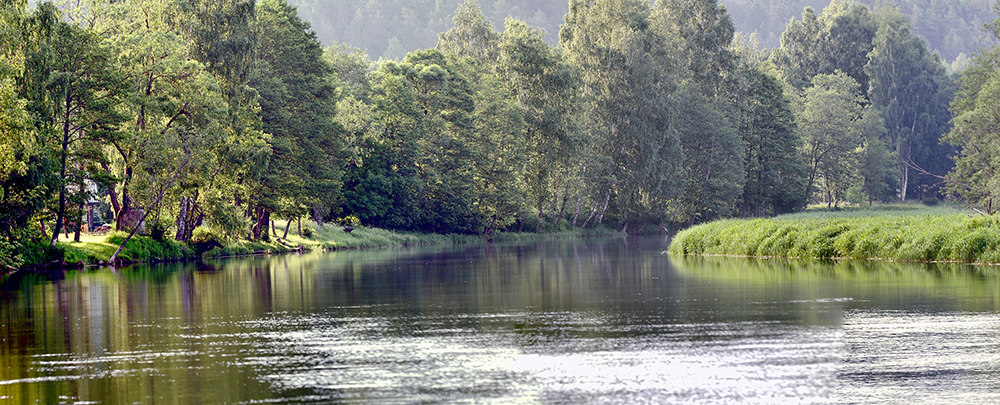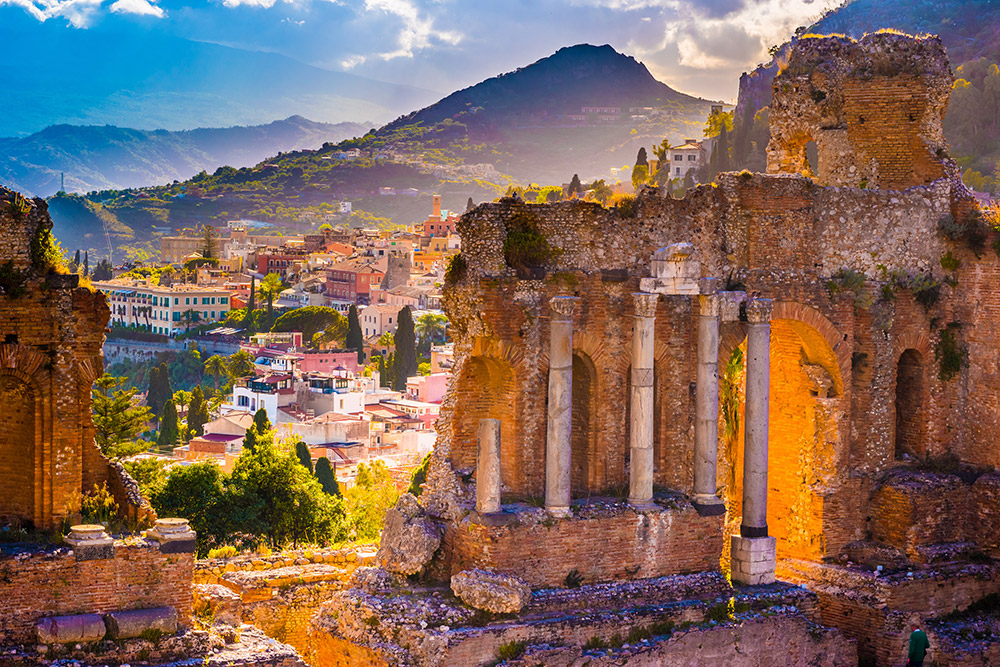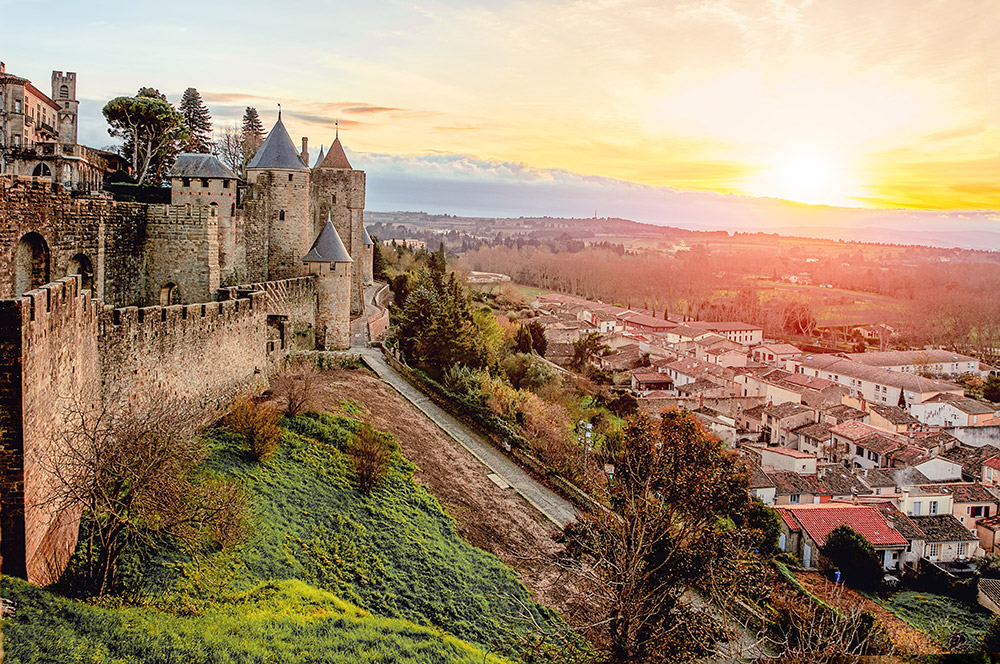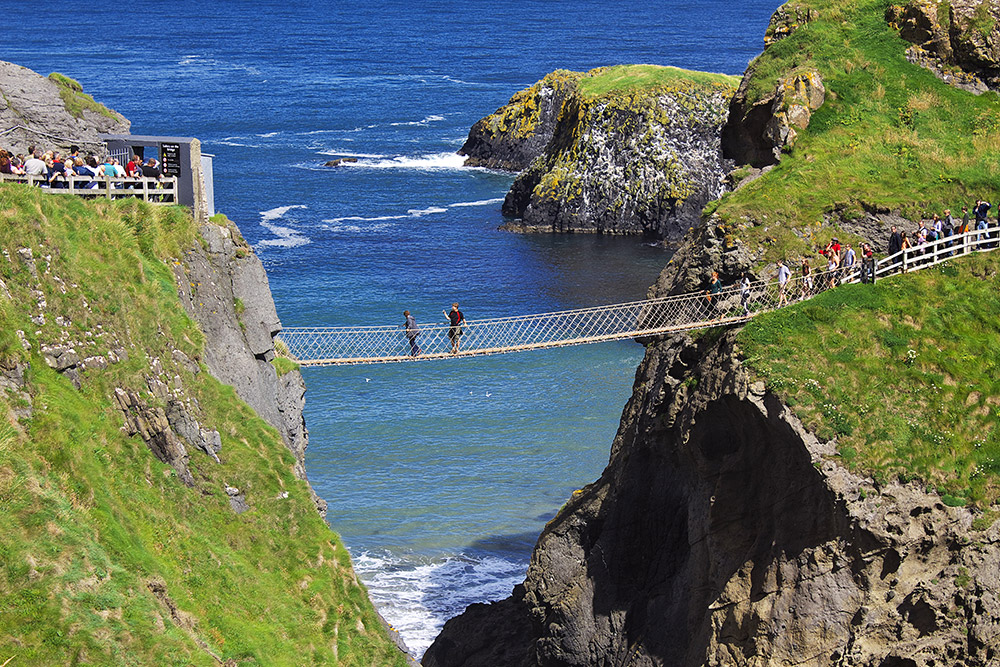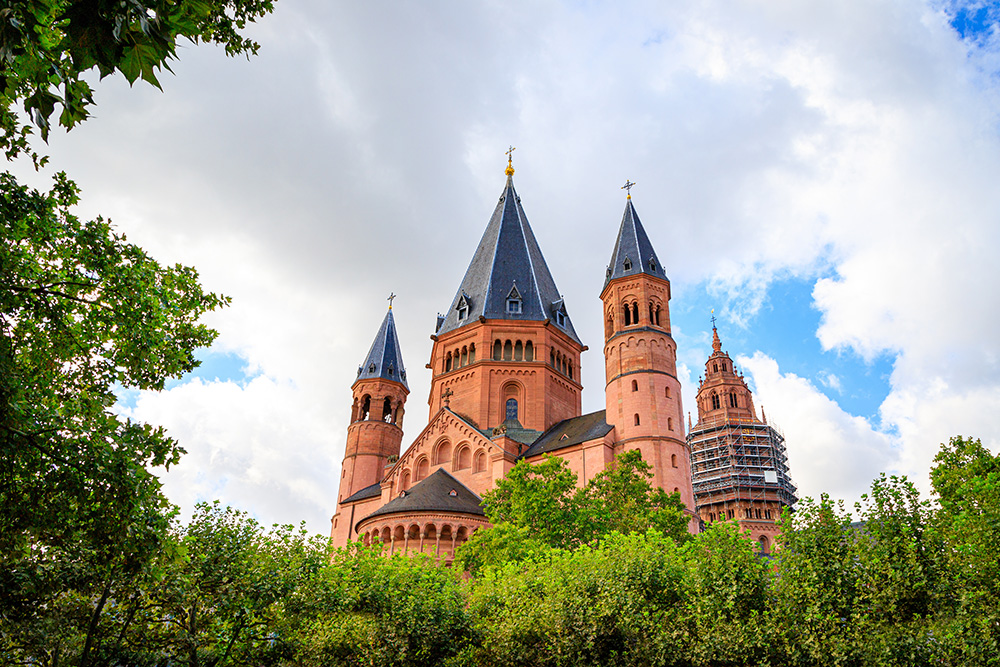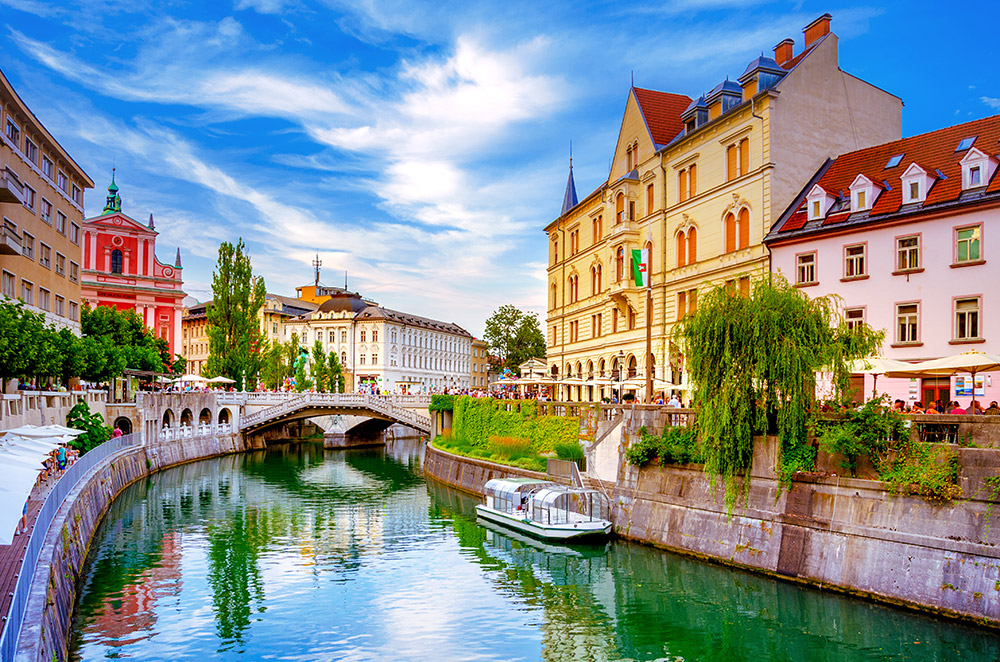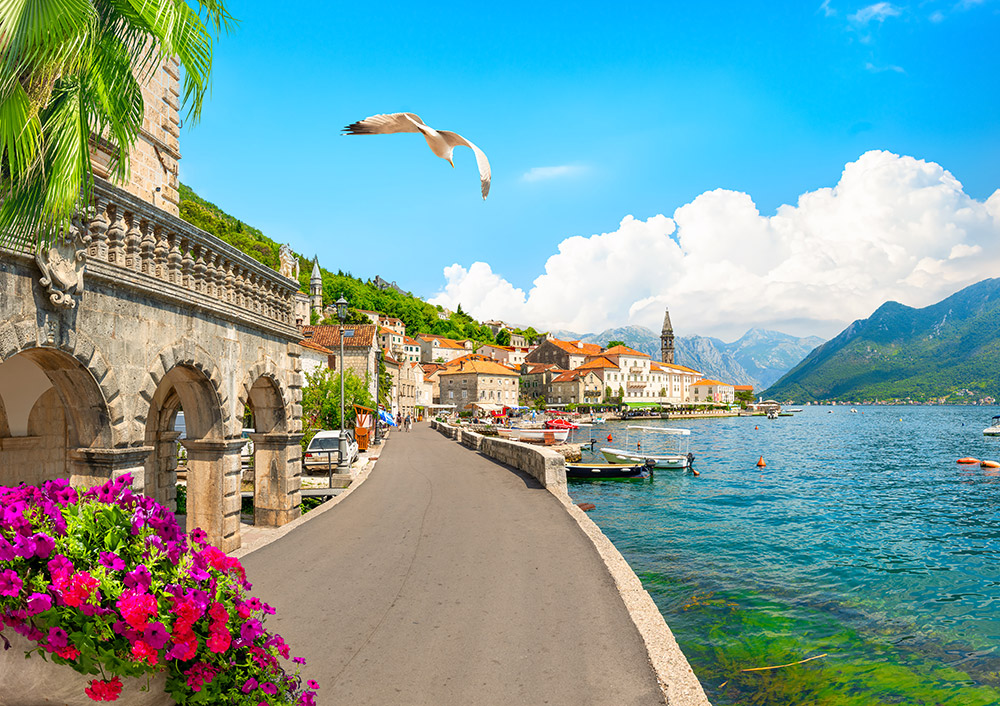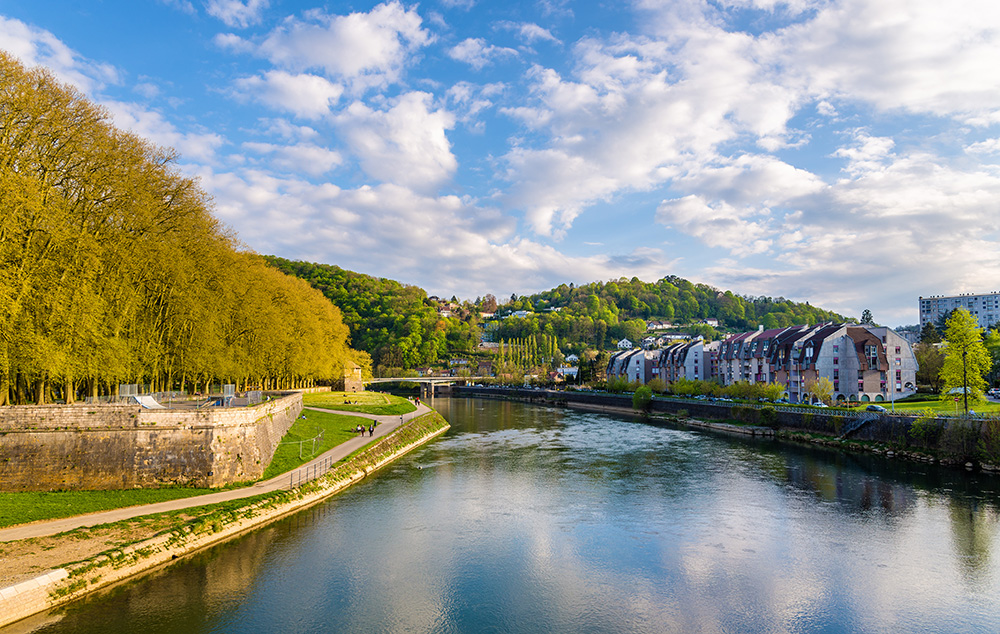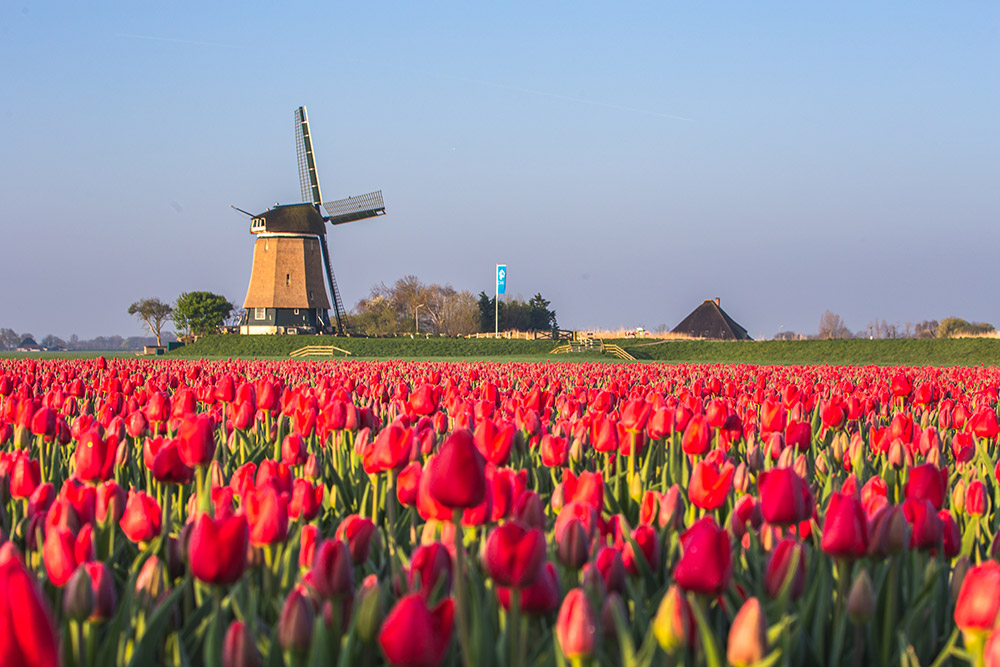Lithuania, a small country situated on the Eastern coast of the Baltic Sea, serves as a frontier of Western civilization in the vast expanses of Eastern Europe. Its untouched natural beauty makes it a perfect destination for a vacation that seamlessly combines activity with leisure. This tour is carefully designed to cover all five major regions of Lithuania, highlighting the richness of its forests, diverse landscapes, lakes, rivers, coastlines, and beaches. It aims to deliver a comprehensive and immersive experience of Lithuanian nature, offering a variety of air, land, and water activities.
Here are some of the natural highlights in Lithuania:
- UNESCO World Heritage site: Curonian Spit, boasting 56 miles of sandy dunes and a Baltic coastline.
- Lush green forests and ancient woods that cover 33% of the territory.
- Four national parks and an abundance of natural and historic reserves.
- Exciting water activities such as wakeboarding, kitesurfing, sailboarding, kayaking, stand-up paddle boarding, and swimming.
- Land-based adventures including hiking, walking, cycling, forest bathing, tower and dune climbing, and bird watching.
Day 1
Upon your arrival at Vilnius Airport, rent a car and drive to Anykščiai, a small resort town in Lithuania’s northeast.
Anykščiai embodies the essence of Eastern Lithuania, featuring a diverse and winding landscape, meandering rivers, crystal-clear blue lakes, ancient woodlands filled with bird melodies, and abundant sweet berries. The town is located along the River Šventoji, boasting a well-equipped riverside hiking and cycling trail that connects the heart of Anykščiai to its unique points of interest both upstream and downstream.
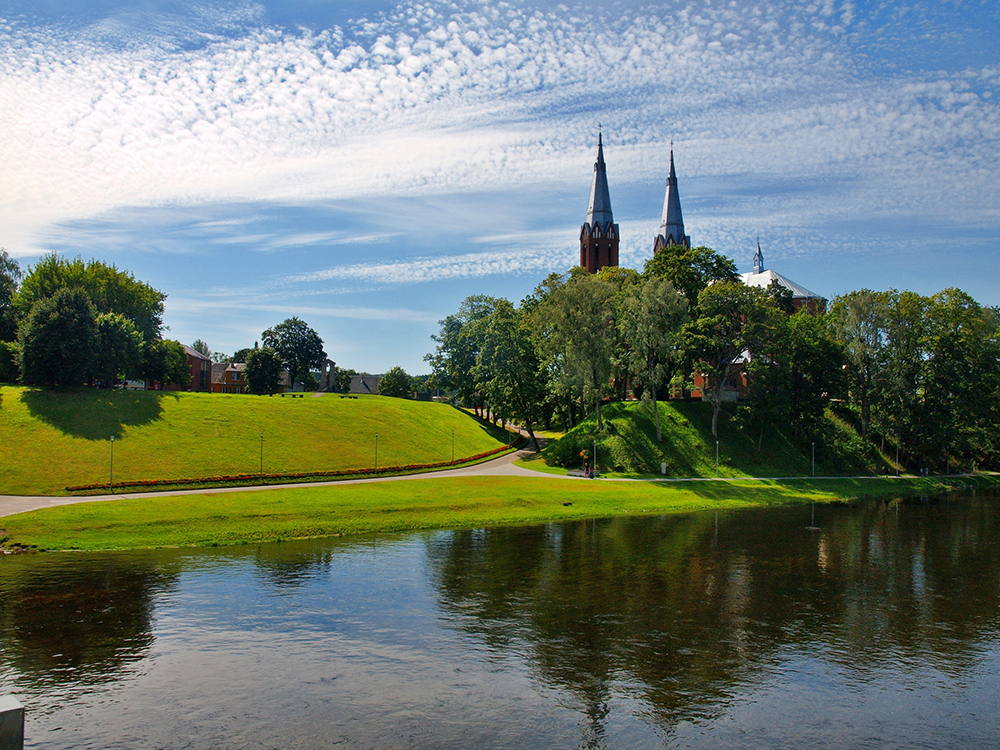
While in the center of the town, make sure to see Anykščiai St. Matas Church with the tallest towers in Lithuania and a viewing platform on the top. Explore the charming old town with its traditional wooden architecture, Jewish heritage sites, art galleries, cafes and restaurants. Discover the Museum of Aukštaitija Narrow Gauge Railway, offering interactive platforms and entertainment, with the option to take a scenic ride to Lake Rubikiai for a swim, meal, or picnic.
While on the hiking trail, experience the Treetop Walking Path – a facility for bird-watching, tree identification, and enjoying panoramic views of the landscape. Explore the Dainuva Adventure Valley, a park offering tree-crossing climbing activities, numerous sports and game courts, and tools for active entertainment.
Day 2
Drive to Žemaitija National Park in Northwest Lithuania. Along the way, stop for some adventure on the outskirts of Anykščiai at the Alpine Coaster in Kalita Hill or enjoy wake-boarding and skiing at Pagojė ponds.
Fun fact: Lithuania boasts the largest number of water sports facilities per capita.
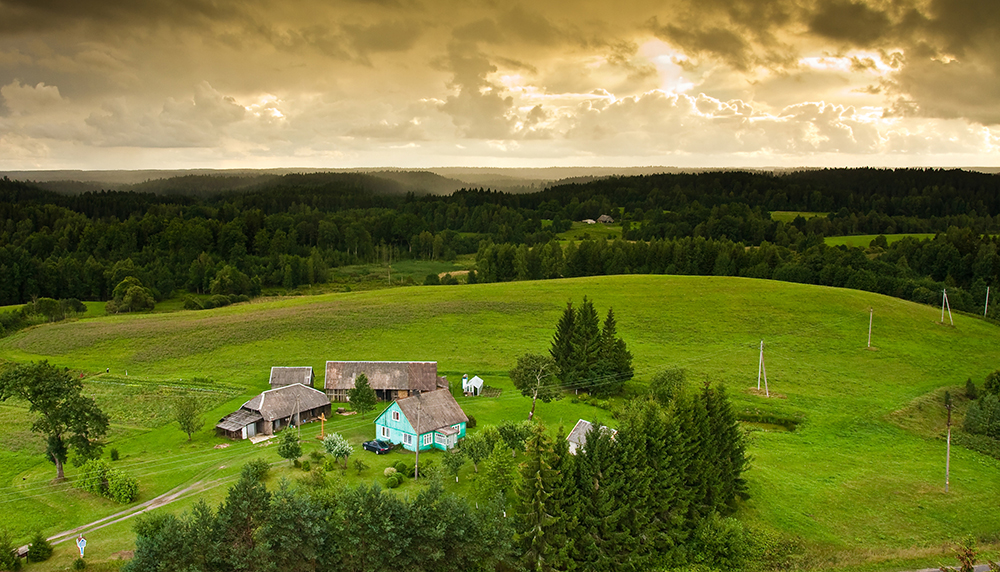
For horse lovers, there is a unique opportunity at the Museum of Horses, an open-air ethnographic complex, to feed, ride, and learn about horses, as well as to enjoy local crafts, food, and drinks.
As you reach Lake Plateliai in the northwestern region of Lithuania known as Žemaitija, immerse yourself in this distinctive ethnographical region that is surrounded by untouched nature, passionate and friendly locals, unique culinary traditions, and cherished sauna and spa rituals. Dedicate a day to exploring Žemaitija National Park – an experience that is sure to enhance your special memories.
Day 3
Head to the town of Plateliai to rent bikes, and then set off on the bike route encircling the perimeter of Lake Plateliai, featuring diverse stops suitable for cyclists of all levels.
While cycling around the lake, be sure not to miss the following highlights:
- The town of Plateliai, home to the largest collection of traditional Shrove Carnival masks, the authentic ensemble, and Plateliai Manor Park, and other attractions.
- The Lake Plateliai viewing tower in Siberia.
- Beržoras village, nestled between two lakes, known for its ancient wooden church and the 14 stations of the Jesus Christ Cross.
- The Cold War Museum, housed in the former Soviet missile base, providing insights into the traumas and dramas of the 20th century.
- Numerous campsites and beaches, inviting you to relax, swim, and enjoy a picnic.
- To complete your experience, indulge in the distinctive sauna tradition of the Žemaitija region—an immersive ritual involving extended heat and water sessions, infused with local herb and bloom aroma baths, salt and honey-based scrubs, broom, and steam massages. It’s highly advised to consult with the hosts, make reservations for a sauna afternoon with a sauna master, and allocate a few hours to rejuvenate both body and soul.
Day 4
Drive to the resort town of Juodkrantė on the Curonian Spit in western Lithuania.
The Curonian Spit is an extraordinary narrow strip of land formed by sand dunes sculpted by the salty waves of the Baltic Sea to the West and the fresh waters of the Curonian Bay to the East. Historically, it was inhabited by adventurous fishermen and industrious Baltic amber miners. Over the last century, it has evolved into a unique resort area, now conserved as the Neringa National Park for nature enthusiasts seeking a relaxed holiday.
Be sure not to miss the following highlights:
The first town along the split, Juodkrantė, is truly captivating with its extensive marina adorned with sculptures and sandcastle lawns, charming cafes and terraces, remarkable wooden villas, and ancient woods nestled between the coasts. To experience its distinctive nature and landscape, consider exploring the possibilities of forest bathing.
Midway along the Curonian Spit, on the left side of the main road, the unexpected landscape of gray sand dunes will tempt you to stop at the parking lot for ice cream and coffee. Take a short stroll, just over a mile, first along the boardwalk, then deep into the dry, light sand, to appreciate the panoramic view of the Curonian Bay, the Baltic Sea, and the endless sand hills.
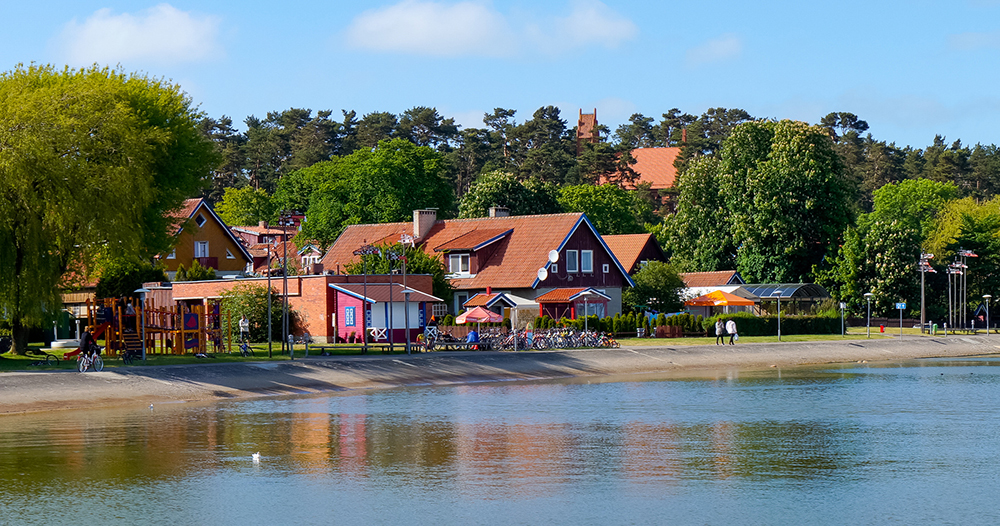
Nida, the final town on the Lithuanian side of the Curonian Spit, exudes the most vibrant energy. Explore the must-visit places, including the Parnidis Dune, Nida Lighthouse, the Mizgiriai Amber Gallery, the most modern and interactive cultural facility in town, and the UNESCO Heritage authentic fishermen village.
For a perfect culinary touch, consider buying a smoked fish or two (mackerel or pike perch), a few beers, and enjoy a picnic on the bay marina or the sandy beaches of the Baltic Sea.
Day 5
Enjoy a boat ride from Juodkrantė to Dreverna, a little village and campsite across the Curonian Bay in the region of Nemunas Delta.
The Nemunas Delta is a vast expanse of natural and man-made channels, embodying traditions of freshwater and pond fishing, offering elaborate cuisine with smoked fish and fish soup, and providing opportunities for professional and amateur bird watching. This diverse ecosystem, protected by the Regional Park of Nemunas Delta is accessible within a 31-mile radius.
The villages along the Curonian Bay, Dreverna and Svencelė, have emerged as vibrant community and sports centers, particularly for kite-surfing, sailing, and sailboarding. These are welcoming areas for learning, practicing, or simply enjoying water sports and hanging out on the beach.
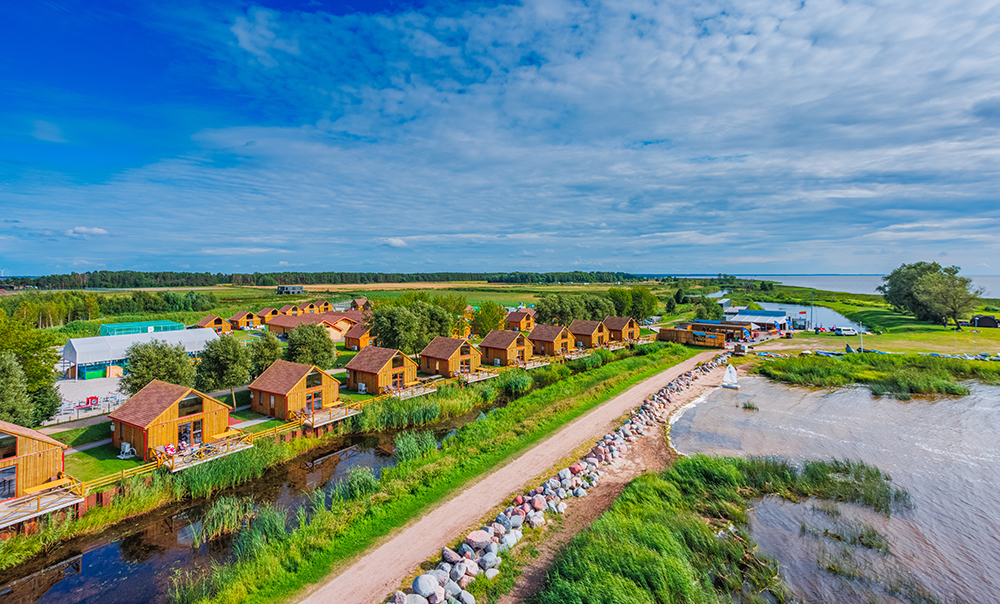
Returning to the Curonian Spit, take full advantage of sunbathing, swimming, and hiking along the extensive sandy beaches of the Baltic coast. The coastline offers a variety of options, from pristine wilderness areas to well-equipped stretches with lifeguard services and even ice cream stands.
Day 6
Head east to the Šakiai district in Suvalkija, the southern region of Lithuania.
The route combines highway driving with winding country roads, offering various detour options. Around 70 miles into the journey, a right turn off the highway leads to a forest hike and observation tower, allowing full enjoyment of the picturesque Pagramantis Regional Park.
At approximately 73 miles, a left turn off the highway presents a bold and adventurous opportunity to ford marshlands along ancient secret routes and explore the hill forts of Varniai Regional Park.
As you approach the destination, roughly 114 miles in, just before heading south, you’ll reach Lithuania’s longest river, the Nemunas. Here, you can indulge in an artistic experience, savor local cuisine, and admire the breathtaking view of the river and undulating landscape from the tower at the newly restored Panemunė Castle.
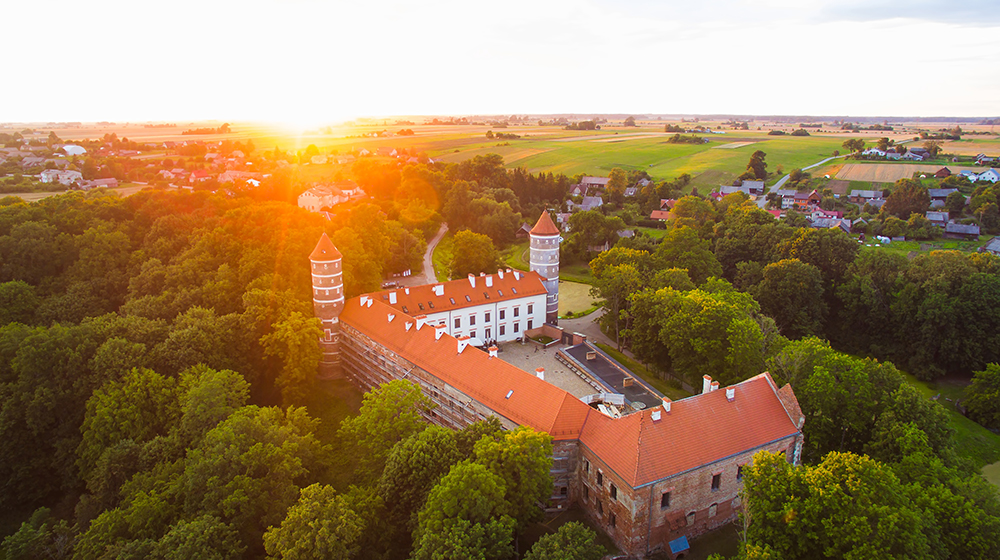
The southwest of Lithuania, often referred to as the cradle of the Lithuanian economy, boasts rich farmlands, industrial innovations, diverse forests, and meandering rivers. To actively experience this region, consider kayaking on the River Šešupė, where each turn rewards you with scenic views and cool adventures. For a memorable taste of the region, don’t miss the opportunity to visit and partake in a potato tasting at the one and only Potato Museum in the charming border town of Kudirkos Naumiestis.
Day 7
Head further east to the scenic Trakai area, located just about 18 miles from Vilnius, your starting and ending point.
The vicinity of the charming town of Trakai combines the natural beauty of five interconnected lakes with a complex of medieval castles of significant historic importance to Lithuania. It offers many options to enjoy them both —sailing along the lakes on a sailboat with the friendly crew of Trakai Yacht club, kayaking in neon-lit boats during the day or at night, stand-up paddle boarding, or cycling around Lake Galvė to Užutrakis Manor for an additional perspective on the castles and the town.
Beyond its exquisite nature and historical value, Trakai is the center of Karaim culture and heritage. The Karaim, an ethnic minority brought from the coast of the Black Sea as far back as the 15th century, are renowned for preserving their Turkish language, ancient religion, and cuisine of Middle Eastern origin. Don’t miss the chance to try their traditional pastry—Kybyn (most authentic with lamb) and savor their spicy and bitter Krupnikas.
Day 8
Drive back to Vilnius.
Vilnius, the capital of Lithuania, is a city with a rich heritage and history as well as breathtaking nature. You can embark on a delightful hike along the banks of the little River Vilnia, traversing the hills adjacent to the city’s main landmark, Gediminas Castle Tower. The hike presents a challenge with its 444 steps, rewarding climbers with a breathtaking panorama and tales of medieval castles and modern traditions. The River Vilnia, originating at an ancient water mill a few miles upstream, offers an ideal route for a kayaking adventure. As you paddle downstream, you’ll pass through wild banks, the charming urban neighborhood of Užupis, the picturesque Bernardinai Park, and eventually join the broader Neris River at the base of Gediminas Hill.
